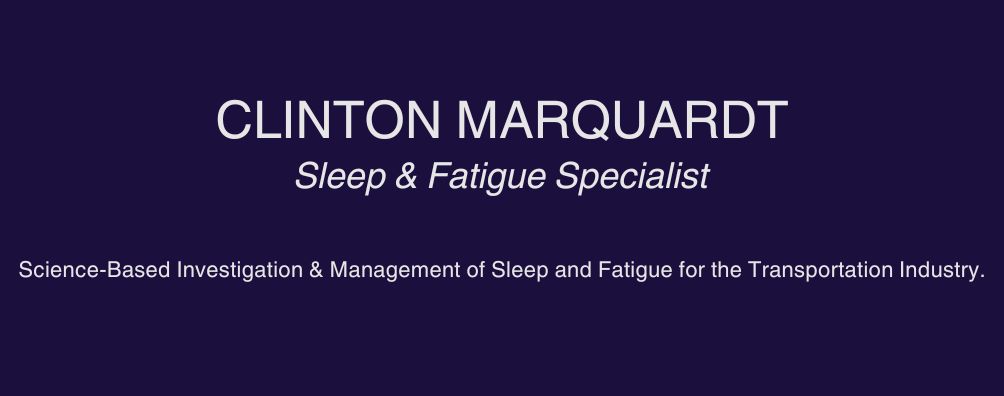Have you ever seen a child sit bolt upright in bed and start screaming or an adult roll over in a state of confused panic? Chances are they could be experiencing sleep terrors. The intensely distressing fear reactions usually begin with an ear piercing scream and end with the person sitting straight up in bed. Autonomic nervous system reactions include a doubling of the heart and respiratory rates and excessive perspiration. The dramatic episodes usually end with the person lying back down and continuing to sleep without remembering the sleep terror.
panic? Chances are they could be experiencing sleep terrors. The intensely distressing fear reactions usually begin with an ear piercing scream and end with the person sitting straight up in bed. Autonomic nervous system reactions include a doubling of the heart and respiratory rates and excessive perspiration. The dramatic episodes usually end with the person lying back down and continuing to sleep without remembering the sleep terror.
Sleep terrors in children are referred to as pavor nocturnus and they begin around 4 to 12 years of age. They are more common in boys and can be related to childhood stressors like toilet training and starting school.
Sleep terrors used to be called night terrors but this perpetuated their confusion with nightmares. The easiest way to distinguish a nightmare from a sleep terror is to ask the person “Do you experience vivid, distressful dreams?” If the answer is “Yes”, then chances are high the person is experiencing nightmares and not sleep terrors.
The sleep terror experience is terrifying to watch more than experience. It can feel a little frightening and confusing to the sufferer but it’s not terribly distressing because there is no bad dream running through the person’s mind. In fact, if you wake an adult up from a sleep terror, they usually can’t remember what was going in their mind and they are confused about what just happened. But if you try to wake a child up from a sleep terror, they will often become more confused and can even start to scream louder. This is because they are usually more difficult to wake up during a sleep terror than an adult and the effort to arouse them causes them more confusion. It’s usually best to simply make sure they don’t hurt themselves or fall out of bed rather than try to wake them up. Children will usually lie back down and return to sleep without ever waking up fully.
Another way to figure out if the problem is sleep terrors or nightmares is to keep track of when they are occurring. If they are happening in the first third to half of the night, they are probably occurring in stage 3 and 4 sleep and are most likely sleep terrors. If they are happening in the last half of the night, there is a good chance that you are dealing with nightmares and a REM sleep problem.
Sleep terrors can also be confused with obstructive sleep apnea and nocturnal cardiac ischemia because these disorders can cause people to wake up with anxiety and sleep terror-like feelings.
Sleep terrors are more severe in children and adults who experience deeper than normal sleep. Sleep loss, fatigue, stress and the use of medications that depress the central nervous system are also related to more frequent sleep terrors. Researchers have found that adults whose sleep terrors began in childhood, experience a higher rate of personality disorders in adulthood. Other researchers have pointed out that sleep terrors that begin in adulthood may be related to alcohol and drug abuse, brain trauma, tumors and temporal lobe epilepsy.
Sleep terrors are considered mild if they occur more than once per month and do not result in harm to the person while moderate sleep terrors occur more than once per week but still do not cause harm. Severe sleep terrors can result in physical injury to the person or bed partner and occur almost nightly. Acute sleep terrors occur for one month or less, subacute for one to three months and chronic sleep terrors persist for more than three months.
In children, sleep terrors usually disappear by themselves. Anything worse than mild acute sleep terrors in adults should be checked out by a sleep specialist.


